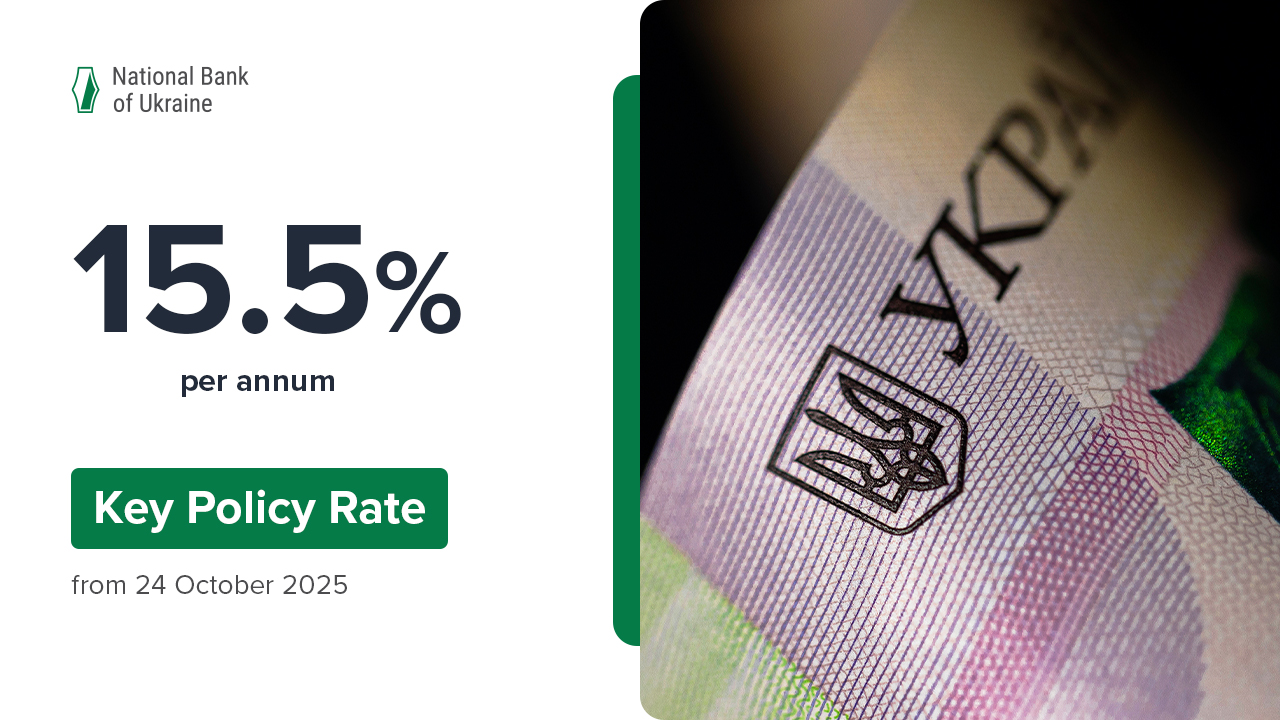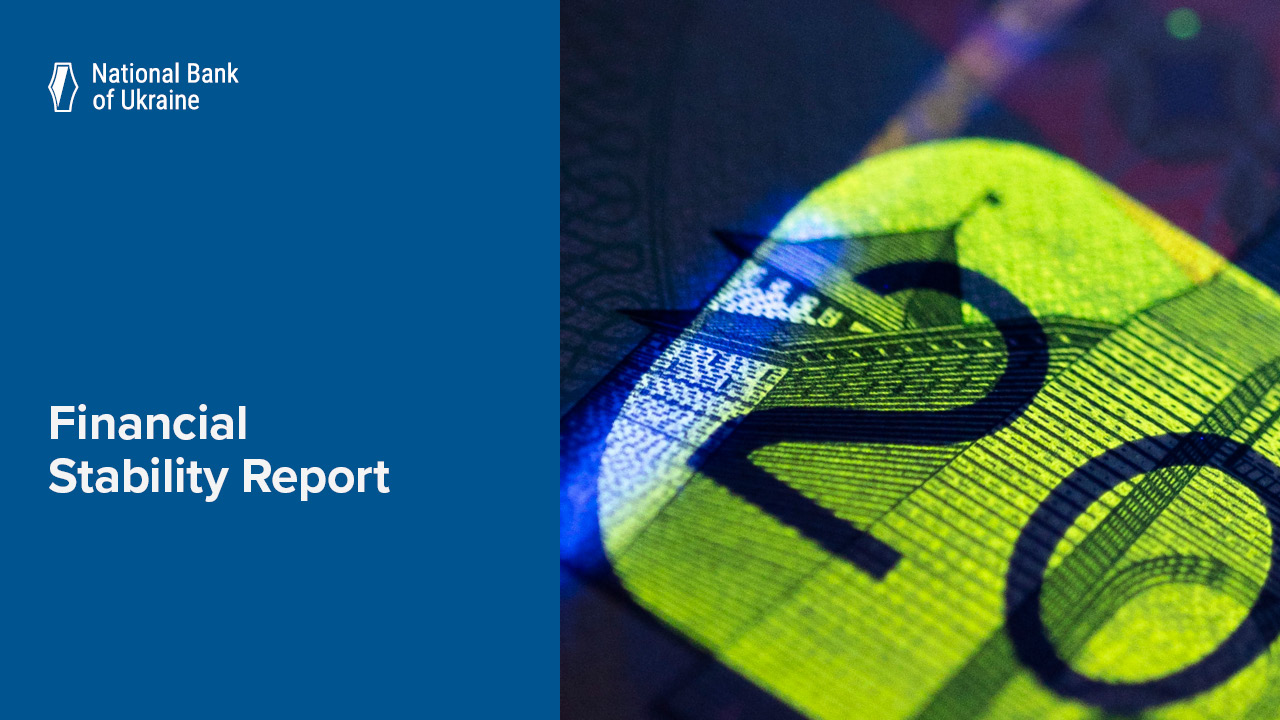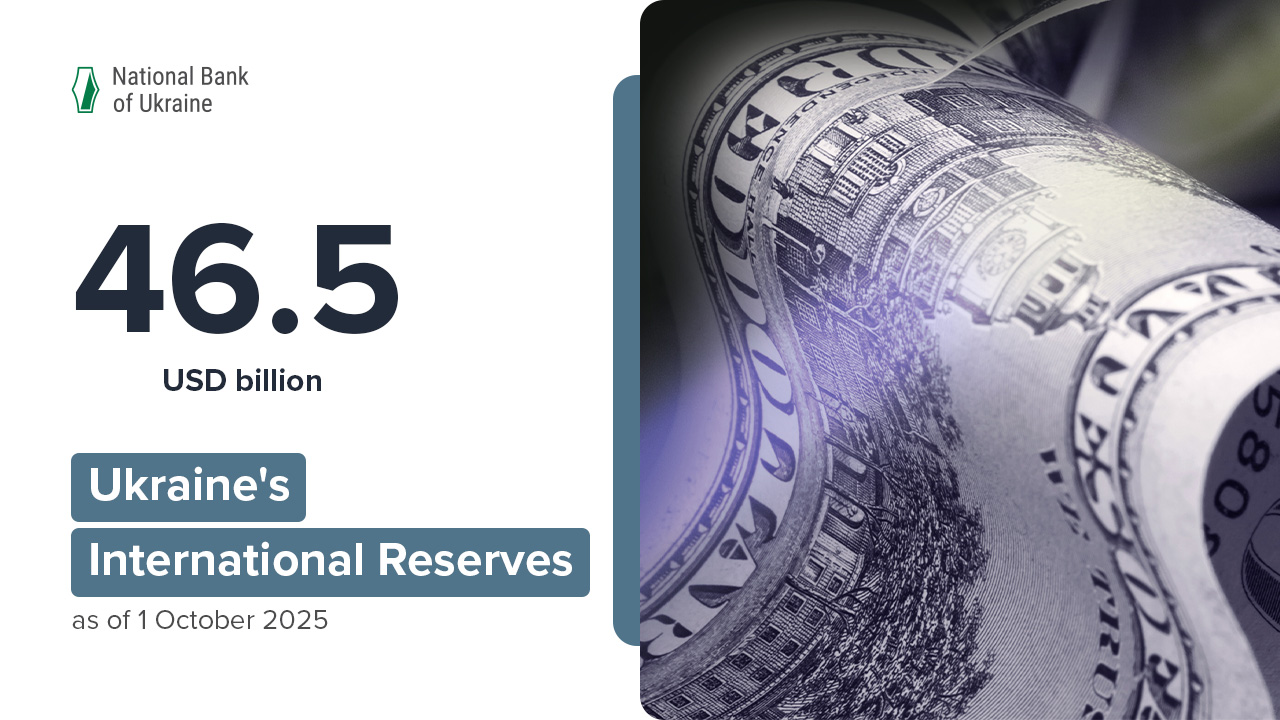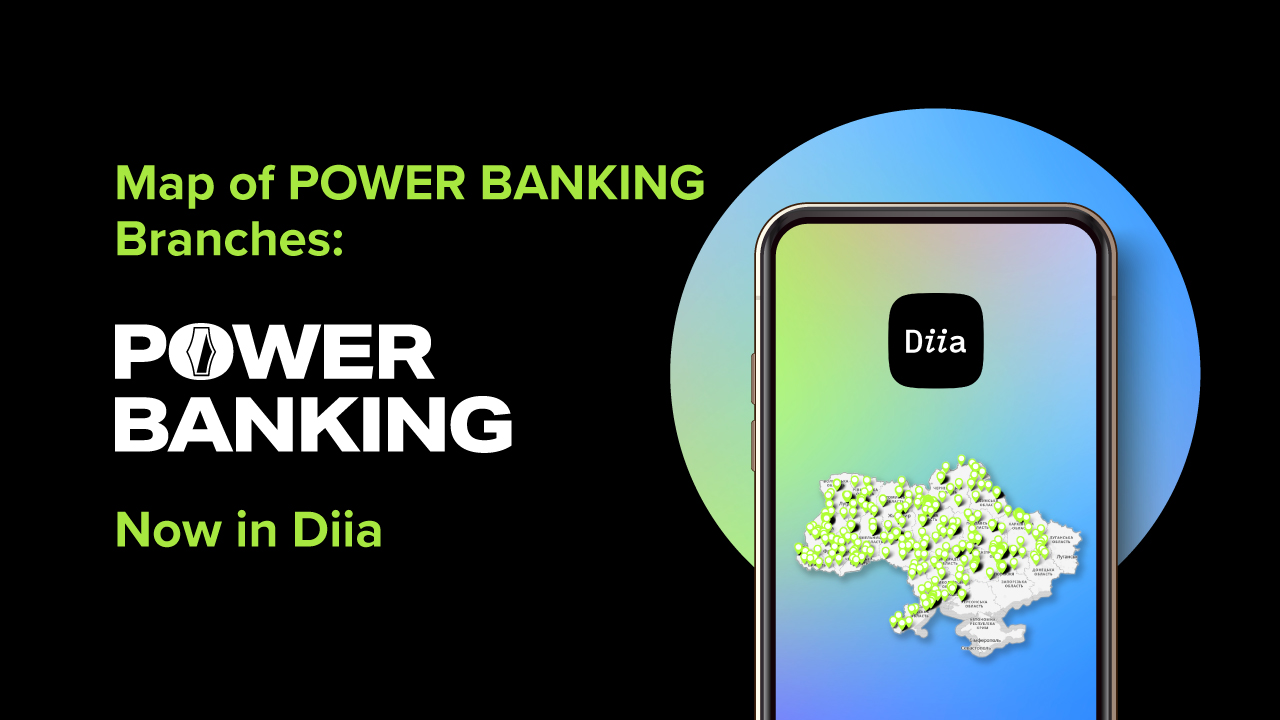The National Bank of Ukraine continues to review and approve banks’ related-party exposure unwinding plans.
As of 24 April 2017, the regulator had approved three-year reduction plans to unwind related-party exposures for 16 banks, including eight plans approved since the beginning of 2017.
The NBU did not approve the plans submitted by five banks that were required to submit three-year reduction plans to unwind related-party exposures based on the diagnostic study findings since these banks were declared insolvent in Q1 2017.
Another four banks implemented the required measures to bring maximum credit exposure to bank’s related parties H9 (ratio H9) in compliance with the regulatory requirements.
Throughout 2017 seven more banking institutions are expected to submit revised related-party exposure unwinding plans with due regard to the diagnostic study findings.
“The diagnostic studies were conducted based on a single methodological approach that enabled the regulator to identify real lending volumes to related parties,” said Head of the NBU Related Parties Monitoring Office Mr Oleksii Rudyi. “The NBU is currently moving ahead with efforts to unwind related-party exposures”. In its turn, the banking system makes every effort to bring in the shortest possible time related-party lending into compliance with the regulatory requirements in the shortest time possible. The review process will be finalized and plans will be approved by the end of 2017.
In 2016, the National Bank of Ukraine met the requirements set out in the IMF’s MEFP and completed its diagnostics on related party lending by banks. In 2016, the NBU conducted diagnostics for 81 bank. Another 18 banks passed the related-party lending diagnostic review in 2015. The results of the diagnostic review have identified that the ratio of the maximum credit exposure to related parties exceeded the required level in 44 banks. By the beginning of 2017, four out of these banks had been resolved, another four banks brought their ratios in compliance with the NBU regulatory requirements.
In the aftermath of the diagnostic studies, the banking system introduced more effective mechanisms for identifying related parties, which is expected to help unwind related-party exposures. In its turn, the NBU tightens monitoring of related-party transactions and oversight over compliance with these plans.
Under the Law of Ukraine On Banks and Banking, the bank’s related parties shall be the following:
- bank controllers;
- the persons having a qualifying holding in the bank, and persons through which indirect ownership of the qualifying holding in the bank is exercised by such persons;
- the bank managers, head of the internal audit service, chairmen and committee members of the bank;
- the bank’s congenerous parties and affiliates including banking group participants;
- the persons having a qualifying holding in the bank’s congenerous parties and affiliates;
- the managers of legal entities and banks’ managers who are bank’s congenerous parties and affiliates, head of the internal audit service, chairmen and committee members of such persons;
- the associated persons of the individuals specified in paragraphs 1-6 of this definition;
- the legal entities where the individuals mentioned in this part are managers or qualifying shareholders;9) any person, through which a transaction is performed in the interests of the persons referred to in this part, and which is influenced during such transaction by persons referred to in this part, through labor, civil and other relations.







